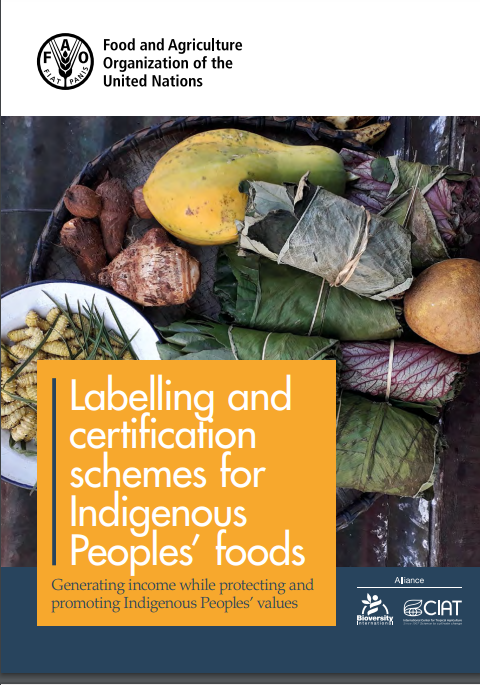Assessment of Antioxidant and Antibacterial Efficacy of Some Indigenous Vegetables Consumed by the Manipuri Community in Sylhet, Bangladesh
Publication Year: 2024
Author(s): Roy M, Shourove J H, Singha R, Tonmoy T A, Biswas G C, Fariha Chowdhury Meem F C, John P H, Samadder M, Al Faik Md A
Abstract:
The rapid dietary changes experienced by indigenous people worldwide threaten the use of traditional foods, which are often undervalued. This study focused on evaluating the antioxidant and antibacterial efficacy of five vegetables typically consumed by the Manipuri ethnic groups in the Sylhet region of Bangladesh: Yongchak seed (Parkia speciosa), Telikadam seed (Leucaena leucocephala), Phakphai leaf (Persicaria odorata), Sheuli leaf (Nyctanthes arbor-tristis), and bamboo shoot (Bambusa spp.). The samples were dried and powdered to assess the antioxidant activity through total phenolic content (TPC), total flavonoid content (TFC), total tannin content (TTC), and 2,2-diphenyl-1-picrylhydrazyl (DPPH) radical scavenging activity. Antibacterial efficacy was determined by measuring the zone of inhibition (ZOI), minimum inhibitory concentration (MIC), and minimum bactericidal concentration (MBC). Leafy vegetables exhibited higher TPC, TFC, and TTC than seeds and shoots, with N. arbor-tristis leaf showing the highest TPC (99.16 ± 2.07 mg GAE/g DW) and P. odorata leaf exhibiting the highest TFC (9.19 ± 0.7 mg QE/g) and TTC (3.59 ± 0.26 mg TAE/g).
Source of Publication: Heliyon
Vol/Issue: 10 (18), e37750
DOI No.: https://doi.org/10.1016/j.heliyon.2024.e37750
Publisher/Organisation: Elsevier Ltd.
URL:
https://www.sciencedirect.com/science/article/pii/S2405844024137814
Theme: Indigenous People | Subtheme: Indigenous food
Related Documents
Research Papers/Articles

Abstract:
Indigenous Peoples around the world are finding new ways to engage with the market – lab... Read More



